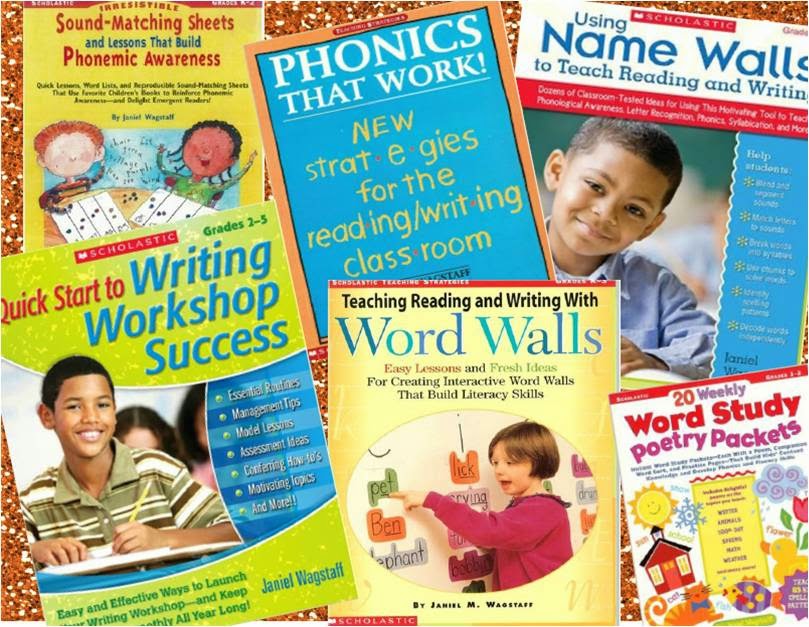About writing
every day?
Even with nothing to say?
Yes...
and even when
you're just a wee
three
maybe it's your name
Hey Max!
or a squibble or two
but,
what?
what does that writing mean to you?
The youngest student can do it
and
so can the one
who's ADHD,
learning disabled,
or hangs in the hall.
Just look at his paper,
look in his eyes
and say...
I HEAR you
squibbles, sketches, misspellings
and all.
every day?
Even with nothing to say?
Yes...
and even when
you're just a wee
three
maybe it's your name
Hey Max!
or a squibble or two
but,
what?
what does that writing mean to you?
The youngest student can do it
and
so can the one
who's ADHD,
learning disabled,
or hangs in the hall.
Just look at his paper,
look in his eyes
and say...
I HEAR you
squibbles, sketches, misspellings
and all.












